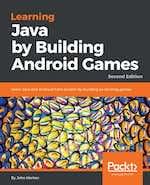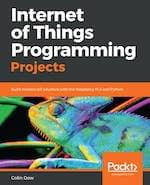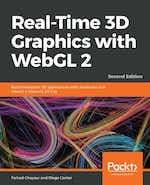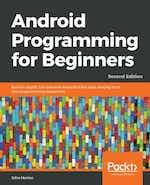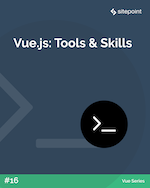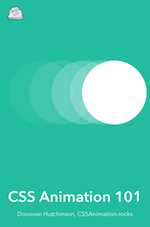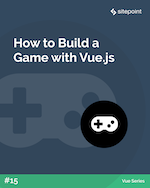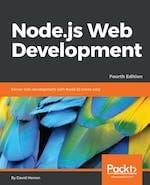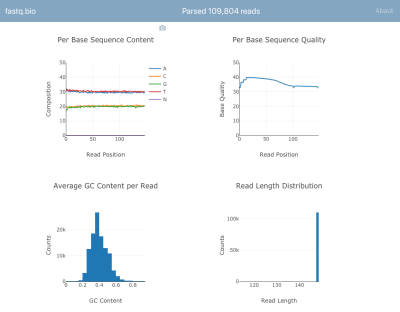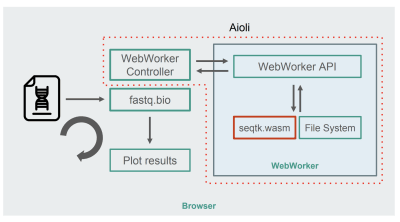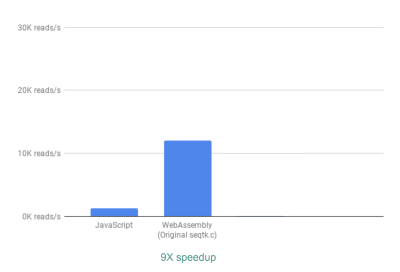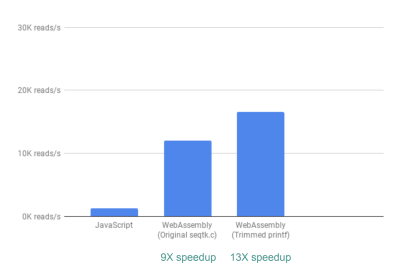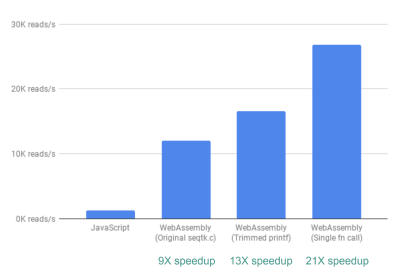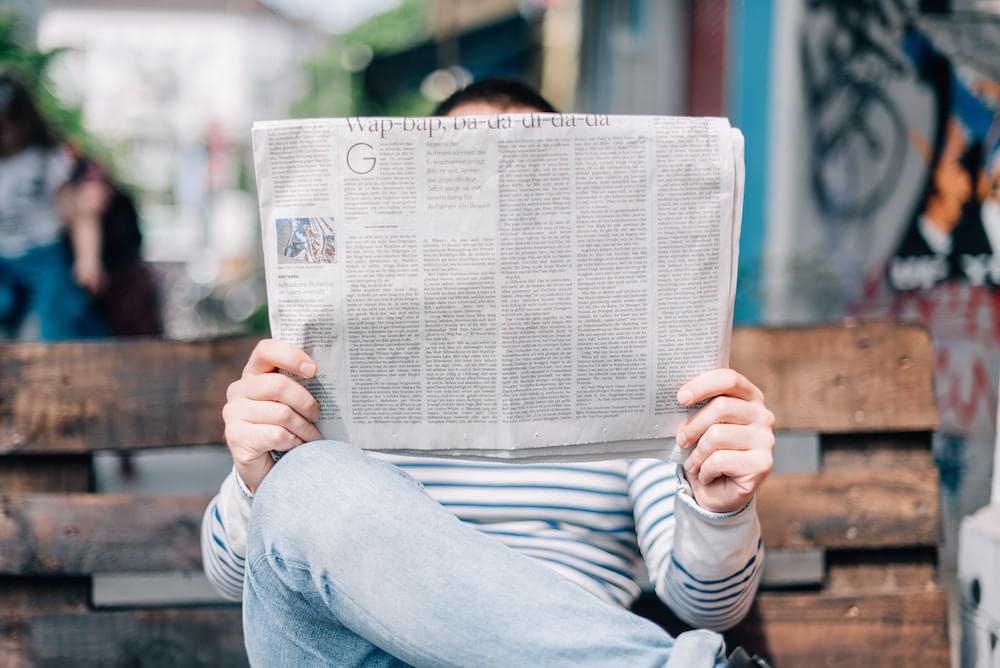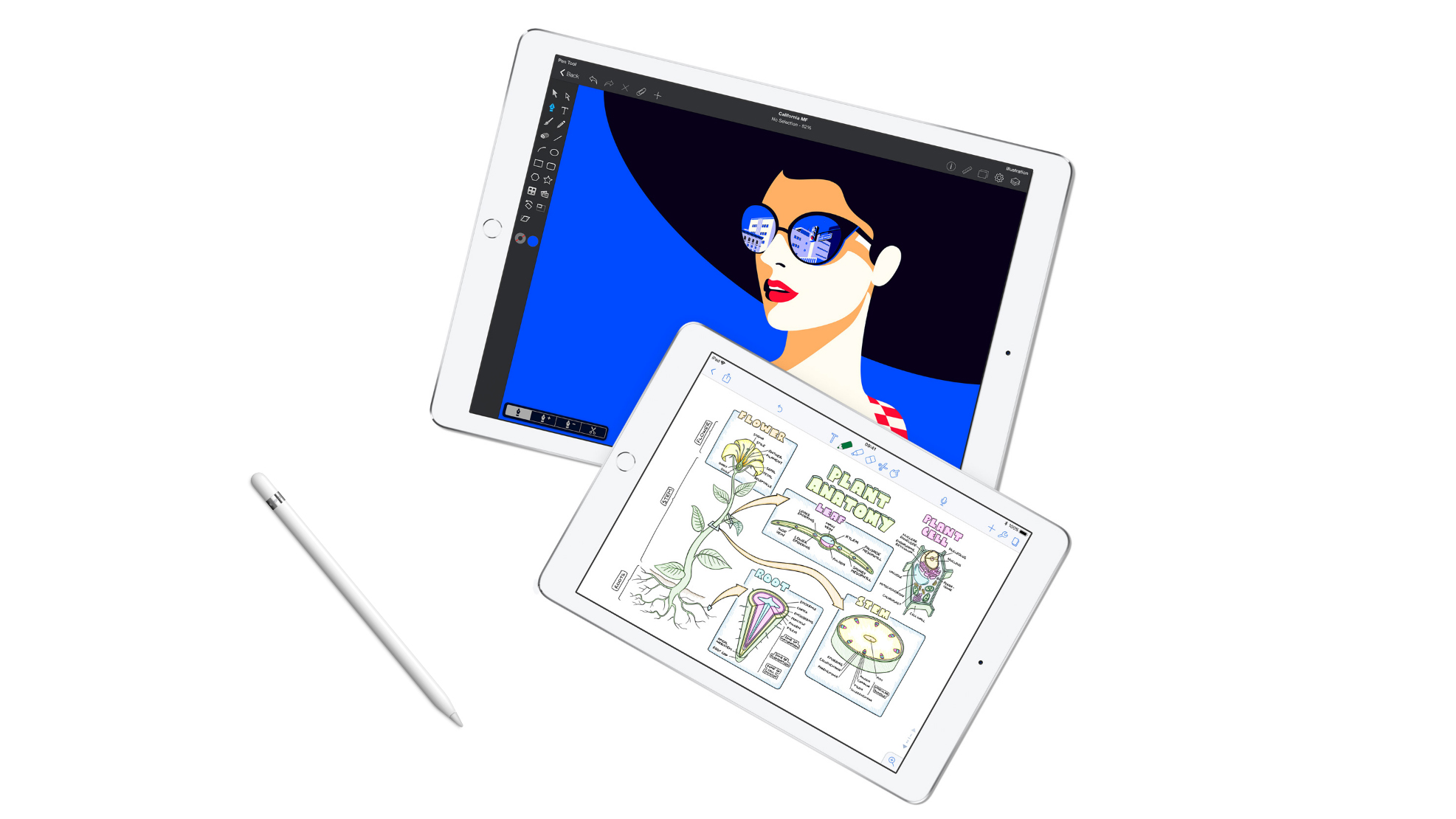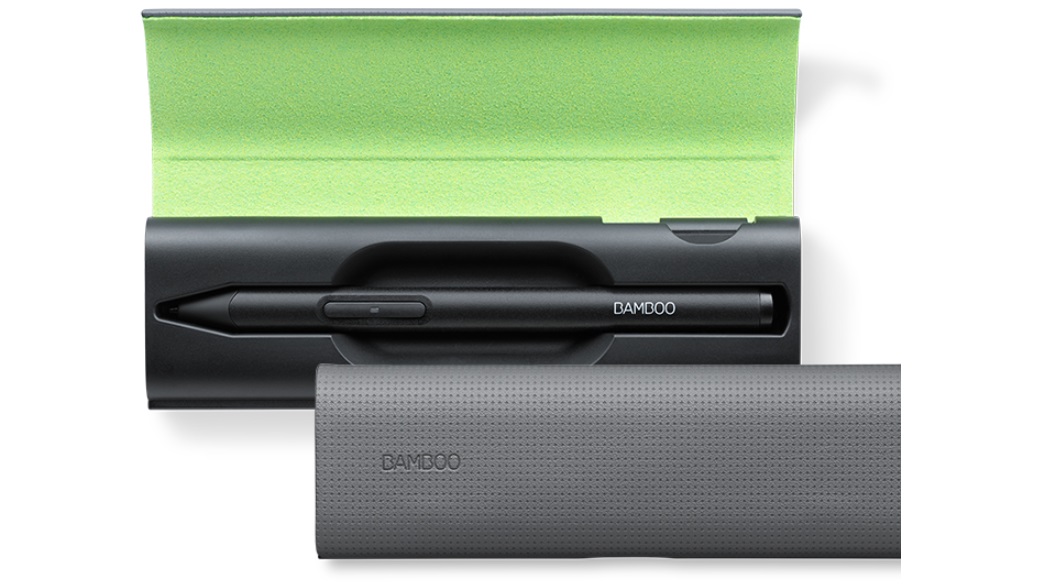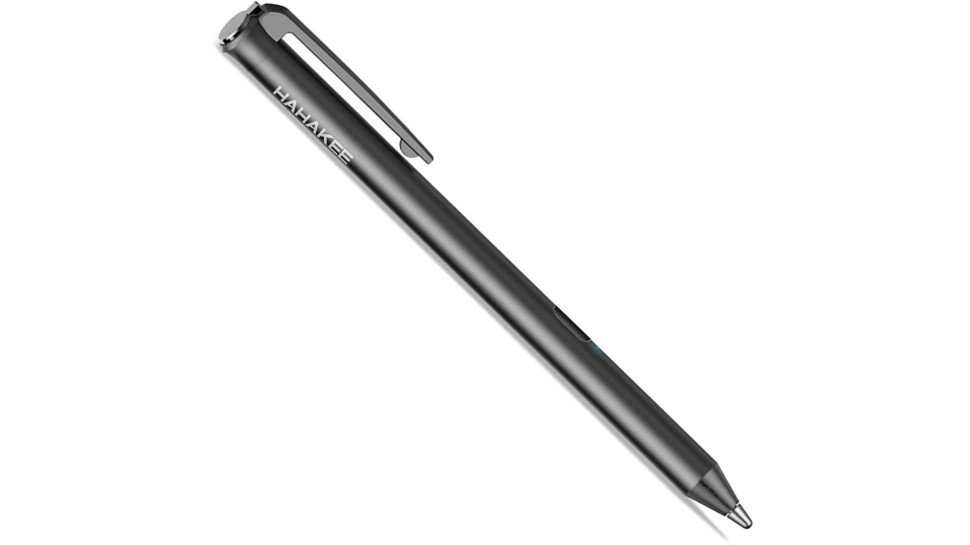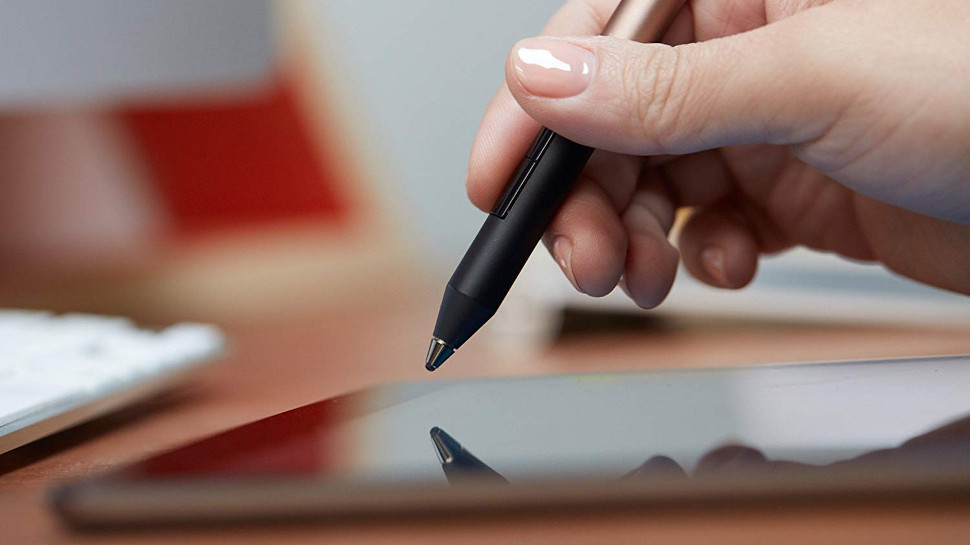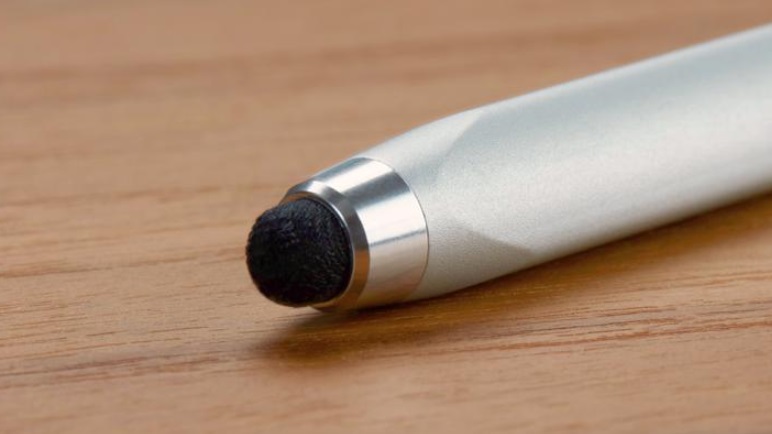How to Create a Sticky Image Effect with Three.js
Original Source: http://feedproxy.google.com/~r/tympanus/~3/FDQVPCkh4Lo/
If you recently browsed Awwwards or FWA you might have stumbled upon Ultranoir’s website. An all-round beautifully crafted website, with some amazing WebGL effects. One of which is a sticky effect for images in their project showcase. This tutorial is going to show how to recreate this special effect.
The same kind of effect can be seen on the amazing website of MakeReign.
Understanding the effect
When playing with the effect a couple of times we can make a very simple observation about the “stick”.
In either direction of the effect, the center always reaches its destination first, and the corners last. They go at the same speed, but start at different times.
With this simple observation we can extrapolate some of the things we need to do:
Differentiate between the unsticky part of the image which is going to move normally and the sticky part of the image which is going to start with an offset. In this case, the corners are sticky and the center is unsticky.
Sync the movements
Move the unsticky part to the destination while not moving the sticky part.
When the unsticky part reaches its destination, start moving the sticky part
Getting started
For this recreation we’ll be using three.js, and Popmotion’s Springs. But you can implement the same concepts using other libraries.
We’ll define a plane geometry with its height as the view height, and its width as 1.5 of the view width.
const camera = new THREE.PerspectiveCamera(45, 1, 0.1, 10000);
const fovInRadians = (camera.fov * Math.PI) / 180;
// Camera aspect ratio is 1. The view width and height are equal.
const viewSize = Math.abs(camera.position.z * Math.tan(fovInRadians / 2) * 2);
const geometry = new THREE.PlaneBufferGeometry(viewSize *1.5,viewSize,60,60)
Then we’ll define a shader material with a few uniforms we are going to use later on:
u_progress Elapsed progress of the complete effect.
u_direction Direction to which u_progress is moving.
u_offset Largest z displacement
const material = new THREE.ShaderMaterial({
uniforms: {
// Progress of the effect
u_progress: { type: “f”, value: 0 },
// In which direction is the effect going
u_direction: { type: “f”, value: 1 },
u_waveIntensity: { type: “f”, value: 0 }
},
vertexShader: vertex,
fragmentShader: fragment,
side: THREE.DoubleSide
});
We are going to focus on the vertex shader since the effect mostly happens in there. If you have an interest in learning about the things that happen in the fragment shader, check out the GitHub repo.
Into the stick
To find which parts are going to be sticky we are going to use a normalized distance from the center. Lower values mean less stickiness, and higher values mean more sticky. Since the corners are the farthest away from the center, they end up being most sticky.
Since our effect is happening in both directions, we are going to have it stick both ways. We have two separate variables:
One that will stick to the front. Used when the effect is moving away from the screen.
And a second one that will stick to the back. Used when the effect is moving towards the viewer.
uniform float u_progress;
uniform float u_direction;
uniform float u_offset;
uniform float u_time;
void main(){
vec3 pos = position.xyz;
float distance = length(uv.xy – 0.5 );
float maxDistance = length(vec2(0.5,0.5));
float normalizedDistance = distance/sizeDist;
// Stick to the front
float stickOutEffect = normalizedDistance ;
// Stick to the back
float stickInEffect = -normalizedDistance ;
float stickEffect = mix(stickOutEffect,stickInEffect, u_direction);
pos.z += stickEffect * u_offset;
gl_Position =
projectionMatrix *
modelViewMatrix *
vec4(pos, 1.0);
}
Depending on the direction, we are going to determine which parts are not going to move as much. Until we want them to stop being sticky and move normally.
The Animation
For the animation we have a few options to choose from:
Tween and timelines: Definitely the easiest option. But we would have to reverse the animation if it ever gets interrupted which would look awkward.
Springs and vertex-magic: A little bit more convoluted. But springs are made so they feel more fluid when interrupted or have their direction changed.
In our demo we are going to use Popmotion’s Springs. But tweens are also a valid option and ultranoir’s website actually uses them.
Note: When the progress is either 0 or 1, the direction will be instant since it doesn’t need to transform.
function onMouseDown(){
…
const directionSpring = spring({
from: this.progress === 0 ? 0 : this.direction,
to: 0,
mass: 1,
stiffness: 800,
damping: 2000
});
const progressSpring = spring({
from: this.progress,
to: 1,
mass: 5,
stiffness: 350,
damping: 500
});
parallel(directionSpring, progressSpring).start((values)=>{
// update uniforms
})
…
}
function onMouseUp(){
…
const directionSpring = spring({
from: this.progress === 1 ? 1 : this.direction,
to: 1,
mass: 1,
stiffness: 800,
damping: 2000
});
const progressSpring = spring({
from: this.progress,
to: 0,
mass: 4,
stiffness: 400,
damping: 70,
restDelta: 0.0001
});
parallel(directionSpring, progressSpring).start((values)=>{
// update uniforms
})
…
}
And we are going to sequence the movements by moving through a wave using u_progress.
This wave is going to start at 0, reach 1 in the middle, and come back down to 0 in the end. Making it so the stick grows in the beginning and decreases in the end.
void main(){
…
float waveIn = u_progress*(1. / stick);
float waveOut = -( u_progress – 1.) * (1./(1.-stick) );
float stickProgress = min(waveIn, waveOut);
pos.z += stickEffect * u_offset * stickProgress;
gl_Position =
projectionMatrix *
modelViewMatrix *
vec4(pos, 1.0);
}
Now, the last step is to move the plane back or forward as the stick is growing.
Since the stick grow starts in different values depending on the direction, we’ll also move and start the plane offset depending on the direction.
void main(){
…
float offsetIn = clamp(waveIn,0.,1.);
// Invert waveOut to get the slope moving upwards to the right and move 1 the left
float offsetOut = clamp(1.-waveOut,0.,1.);
float offsetProgress = mix(offsetIn,offsetOut,u_direction);
pos.z += stickEffect * u_offset * stickProgress – u_offset * offsetProgress;
gl_Position =
projectionMatrix *
modelViewMatrix *
vec4(pos, 1.0);
}
And here is the final result:
Conclusion
Simple effects like this one can make our experience look and feel great. But they only become amazing when complemented with other amazing details and effects. In this tutorial we’ve covered the core of the effect seen on ultranoir’s website, and we hope that it gave you some insight on the workings of such an animation. If you’d like to dive deeper into the complete demo, please feel free to explore the code.
We hope you enjoyed this tutorial, feel free to share your thoughts and questions in the comments!
How to Create a Sticky Image Effect with Three.js was written by Daniel Velasquez and published on Codrops.





